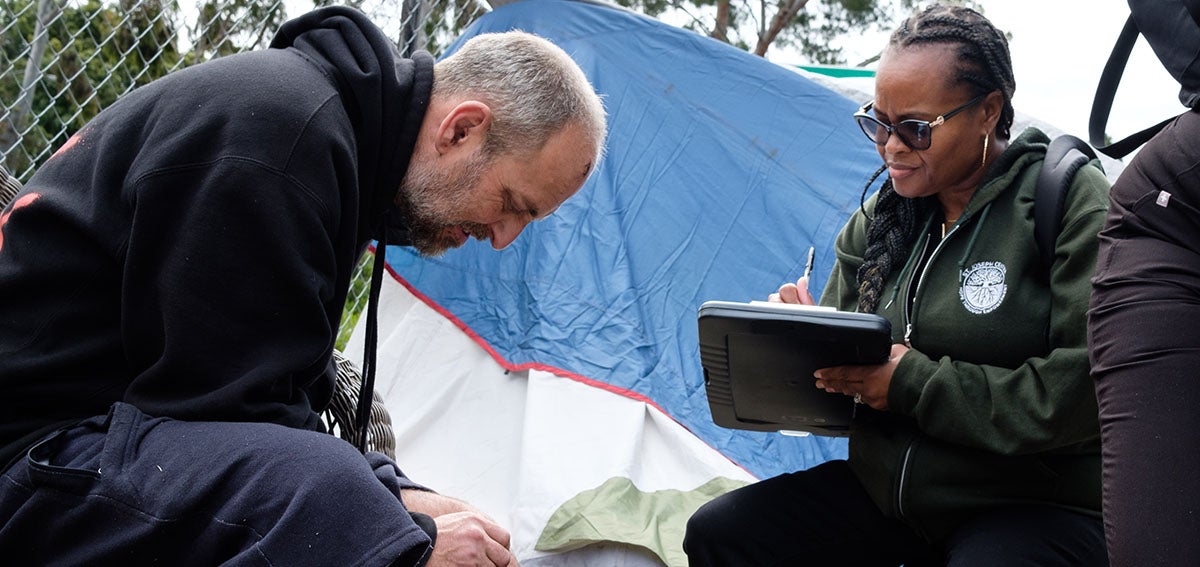About This Event
Starting January 2024, all Californians age 26 to 49 with low incomes can enroll in Medi-Cal, regardless of immigration status. This is the last age group that is still excluded from the program because of immigration status; that barrier has already been removed for children, young adults, and seniors age 50 and over.
To inform outreach efforts in 2024, CHCF funded Culture IQ to conduct focus groups with undocumented Californian immigrants who will be newly eligible for Medi-Cal next year. The study spanned several regions and had a particular focus on Spanish-speaking Latino/x and Mandarin-speaking Chinese populations, as well as English-speaking immigrants from diverse racial/ethnic backgrounds.
On August 30, Culture IQ presented key findings from the research study, including:
- Who do newly eligible immigrants want to hear from when it comes to Medi-Cal? Who do they trust the most?
- What messages and information are most effective at motivating them to apply?
- How and where do they want to receive messages and information about Medi-Cal?
- Are there effective ways to address immigrants’ fears around public charge?
- Did the answers to the questions above vary within the newly eligible population by region, race/ethnicity, language, or age group (for example, people age 26–35 vs. 36–49)?
Organizations conducting outreach for the 2024 Medi-Cal expansion, such as community-based organizations, Medi-Cal managed care plans, health departments, community health centers, and others, were encouraged to attend. Scroll down for the replay.
Outreach Materials Available for Download
Sample outreach flyers and social media assets in Chinese, English, and Spanish are available for download below. The flyers are provided as Word documents so organizations can customize them.
- The graphic in the top-right corner can be replaced with a logo or seal. This is especially recommended if you are a government office or agency, as the government was one of the most trusted messengers about Medi-Cal.
- The flyer and some of the social media assets can be edited with contact information for local organizations. Materials currently feature statewide organizations and resources, like Covered California, the California Department of Health Care Services, and the BenefitsCal.com website. Feel free to replace with local agencies or organizations, such as a community-based organization, community health center, or county Medi-Cal office. It’s best to include phone numbers, websites, and office addresses where people can apply or get help in their own language. Note that focus group participants generally found .gov websites more credible than .com or .org sites.
There are some differences across the Chinese, English, and Spanish versions of the flyer and social media assets, which reflect feedback across the language groups (see the presentation deck for more details). For the most part, however, the materials are similar and reflect a set of key recommendations emerging from the study, including:
- Emphasize that, starting in January 2024, Medi-Cal is available to all Californians with low incomes, regardless of age and immigration status.
- Address worries about immigration status and public charge head-on.
- More (not less) information is better. Participants preferred the flyer with more detailed information on Medi-Cal. Additional information assuaged worries and built trust and credibility.
- Emphasize the connection to the California government. Participants liked hearing that Medi-Cal is a government-run program.
- Provide a list of tangible and accessible documents that people need to apply.
- Emphasize that Medi-Cal is free or low cost.
- Include QR codes.
- Offer multiple points of contact (in-person, online, phone) for more help, emphasizing language-specific options.
Spanish materials
- Spanish outreach flyer (DOCX)
- Spanish social media (Farmworker) (PDF)
- Spanish social media (Por Fin) (PDF)
- Spanish social media (Sana Sana) (PDF)
Chinese materials
English materials
- English outreach flyer (DOCX)
- English social media (Farmworker) (PDF)
- English social media (Finally) (PDF)
- English social media (Sana Sana) (PDF)
CHCF also encourages readers to explore the “Coverage for All” outreach materials developed by the California Department of Health Care Services. These materials follow many of this study’s recommendations and are available in more languages, including Arabic, Russian, Chinese and more.
Note that Spanish and Chinese subtitles are available when watching the webinar recording:
If you have any questions about the study or outreach materials, contact Anne Sunderland, senior communications officer at CHCF.


